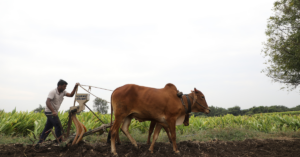A country with a GDP five times India’s is now tethering on the edges even to meet basic needs. So, what made a country exemplary in health and education with near European levels fall this bad like never before? [1]
We are here to discuss the Sri Lanka crisis. But, you would be surprised to know that those in charge of fixing the situation have already fled the country, fearing the rage of protestors setting the President’s house hostage.
What led to the extreme Anti-Government protests?
Well! What else can you expect the citizens to do when the Government couldn’t even manage to save some money for basic needs like fuel and medicine!
Yes, you heard that right.
And the economy collapsed so badly that it didn’t leave any scope for the Government to stay back and fix it.
In a highly political row, the 3-year-long President Gotabaya Rajapaksa resigned and flew to the Maldives with a military jet. The situation looked murky as even the Prime Minister and the Cabinet resigned after weeks of protest. [2]
Such a crisis!
What made the crisis so serious!
Though some protestors had their problems with Rajapaksa – A president based on family lineage, the majority were concerned about the economic condition of Sri Lanka.
So, let us throw some light on the major issue – the economic crisis.
Well! It started way back in 1977 when the government fell short on revenue and resorted to loans and debts to fulfill their welfare promises. It was all well until 2019. Lanka managed to stabilize active revenue despite the deficits. [3]
But, it is only when the tide goes do you see who’s been swimming naked.
The same holds for Sri Lanka. With numerous IMF bailouts hidden in human development sheen, we couldn’t see that Lanka was lurking beneath devastation.
So, what broke the Camel’s back?
Simply put, it was Sri Lanka’s addiction to debt-based capital inflow in the country for sustenance.
It started with loans and debts to fulfill welfare promises and created an 80% current account deficit. So, let us understand and dissect the path that led to this fallout: [4]
1. Lack of domestic savings to fund the government debt, with most of the revenue going into loan repayments.
2. Multilateral borrowings to fund not only CADs but developmental projects as well.
3. Lack of government financial planning that furthered IMF bailouts.
4. Falling in a Debt Trap for china based Public Investment projects as a part of the Road and Belt Initiative.
Okay, but what about Lanka’s flourishing Agriculture?
An answer to this may appear as a shock to those who blame illiberalism for the fallout. What if I told you that treasured liberalism could be the one to blame?
Yes, even the flourishing Agriculture was destructed quickly with a ban on chemical fertilizers and pesticides. [5]
It seems like the government couldn’t prioritize the basic sustenance of the citizens over high-end environmental goals.
So, even one huge strength of the economy – Farming, wrecked badly.
What’s next?
After a high political row with several resignations, Ranil Wickremesinghe has been sworn in as the new President of Sri Lanka. Though a series of plans and objectives have followed to fix the Sri Lanka crisis, it would be too soon to comment on the efficacy part.
For now, he has declared a nationwide emergency in what is seen as an attempt to pacify the situation.
Any lessons for India from the Sri Lanka crisis?
In short, NO. I know a lot of activism persists regarding the narratives of Illiberalism and majoritarianism. But, since we are now aware of the primary causes, let us be assured that India is at the right place doing the right things.
First, India has zero ISBs, and second, it has been attracting enough non-debt capital flows to fund the current account deficit. [6]
You see, all those big words like social disharmony and illiberalism had little to do with it. So, let us not draw wrong comparisons here.
As important an issue Sri Lanka crisis is, let us make sure we read that right.










